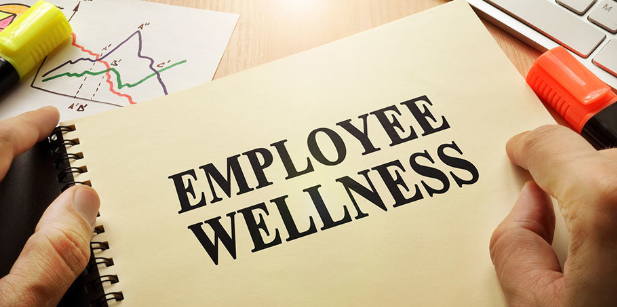It’s that resolution time of year again. Weight loss programs, sporting goods retailers, fitness centers, and so on are all clambering for their share of the pie. Each promising a new and better you. Health and wellness is big business. It’s also a hefty business tool for organizations wanting to give employee engagement a lift.
A 2017 survey of organizations worldwide found not only are 85% investing in well-being but 55% plan to increase their investment, while an additional 5% of organizations plan to introduce employee wellness programs. For the first time, since this survey began in 2012, increasing employee engagement is the top reason cited by HR practitioners and other executives for offering well-being initiatives.
In the U.S., statistics reveal employers spend $742 per employee on health and wellness yet only 24% of employees are willing to invest one to three hours of their time each week to exercise, attend wellness coaching sessions or research and prepare healthier recipes.
Josh Bersin, Principal, Bersin, Deloitte Consulting LLP offers his own recipe for this malaise.
“Disruptive technologies that take advantage of gamification, mobile technology, artificial intelligence, and personalization challenge HR and business leaders to rethink their approach to HR and people management,” he says. “Putting people at the center of their programs and offering irresistible employee experiences will ultimately drive the engagement and performance organizations are aiming for.”
Irresistible employee experiences. Interesting. But what are these experiences exactly?
The most popular employee wellness programs according to a 2017 survey of workplace priorities, covers: mental health, physical activity, smoking cessation, financial management, health club membership, stress management (yoga and mindfulness), weight management, nutrition, and onsite gym facilities. Other common wellbeing initiatives include scheduling flexibility, remote working, subsidized childcare – onsite or otherwise, compassionate care leave, stand-up workstations and the likes.
As for those irresistible employee experiences Bersin talks about, those are as far-reaching and unlimited as the imagination:
- Adoption fee contributions, fertility treatment benefits, “baby bonding” bonuses for new parents
- Unlimited personal time off – take off whenever you want for as long as you want
- Health and wellbeing benefits for partners and children of employees
- Onsite/at desk massage therapy
- Walking meetings
- Wearable devices that sync with a mobile phone app (measuring steps, calories burned, distances, hours of activity)
- Social wellbeing team challenges and individual competitions
- Promoting the connection between sleep, wellness and productivity by asking employees to track hours of sleep over a defined period of time; for a fun twist – award a “Rip Van Winkle” honorarium to the longest, deepest sleeper with the greatest improved output
- Nap pods
- Lego and board game stations
- Laundry service
- Education, sports and recreation programs taught by employees (kickboxing, mindfulness, painting, personal fitness training, nutritional cooking classes)
- Grocery vouchers
- Fee reimbursement for marathons, triathlons, races of all sorts
- Onsite organic gardening
- Adventure outings (canoeing, golf lessons, paintball, spa)
- Recess activity breaks
- Improv comedy training
- Laugh out loud lunch parties or coaching sessions (yes laughing coaches exist).
Regardless of your corporate culture, budget, or bandwidth for “out-there” creativity the best way to build healthy habits begins by soliciting employee input when deciding how and what to offer to make your employee wellness programs simply irresistible.





